Rising Demand in Biotechnology
The Fluorophore Market is experiencing a notable surge in demand driven by advancements in biotechnology. As research institutions and pharmaceutical companies increasingly rely on fluorescent markers for various applications, the market is poised for growth. The use of fluorophores in drug discovery, diagnostics, and cellular imaging is expanding, with the market projected to reach USD 1.5 billion by 2026. This growth is indicative of the critical role that fluorophores play in enhancing the accuracy and efficiency of biological assays. Furthermore, the integration of fluorophores in multiplexing techniques allows for simultaneous detection of multiple targets, thereby streamlining research processes. As the biotechnology sector continues to evolve, the Fluorophore Market is likely to benefit from increased investments and innovations in fluorescent technologies.
Growing Interest in Environmental Monitoring
The Fluorophore Market is also being driven by the growing interest in environmental monitoring. Fluorophores are increasingly utilized in detecting pollutants and monitoring environmental changes, such as water quality and soil health. The market for environmental applications is projected to grow as regulatory bodies emphasize the need for accurate monitoring tools. The ability of fluorophores to provide real-time data on environmental conditions makes them invaluable for researchers and policymakers alike. Furthermore, the rising awareness of environmental issues is prompting investments in technologies that utilize fluorophores for sustainable practices. As the demand for environmental monitoring solutions increases, the Fluorophore Market is likely to expand, reflecting a broader commitment to sustainability.
Expanding Applications in Medical Diagnostics
The Fluorophore Market is significantly influenced by the expanding applications of fluorophores in medical diagnostics. Fluorophores are integral to various imaging techniques, including fluorescence microscopy and flow cytometry, which are essential for disease detection and monitoring. The market is projected to grow at a compound annual growth rate of 8% over the next five years, reflecting the increasing adoption of these technologies in clinical settings. The ability of fluorophores to provide real-time insights into cellular processes enhances their utility in personalized medicine. Moreover, the rising prevalence of chronic diseases necessitates advanced diagnostic tools, further propelling the demand for fluorophores. As healthcare providers seek more effective diagnostic solutions, the Fluorophore Market is expected to witness sustained growth.
Increased Funding for Research and Development
Increased funding for research and development is a significant driver of the Fluorophore Market. Governments and private organizations are investing heavily in scientific research, particularly in fields such as molecular biology and materials science. This influx of funding is facilitating the development of innovative fluorophore technologies and applications. For instance, research grants aimed at enhancing imaging techniques are likely to lead to breakthroughs in the design of new fluorophores. Additionally, collaborations between academic institutions and industry players are becoming more common, further accelerating the pace of innovation. As funding continues to rise, the Fluorophore Market is expected to benefit from a robust pipeline of new products and applications, ultimately enhancing its growth trajectory.
Technological Innovations in Fluorescent Probes
Technological innovations in fluorescent probes are a key driver of the Fluorophore Market. Recent advancements in probe design and synthesis have led to the development of more sensitive and specific fluorophores. These innovations enable researchers to achieve higher resolution imaging and improved signal-to-noise ratios in various applications. The introduction of novel fluorophores, such as those with enhanced photostability and brightness, is likely to expand their applicability in both research and clinical settings. Furthermore, the integration of fluorophores with nanotechnology is opening new avenues for targeted drug delivery and imaging. As these technologies continue to evolve, the Fluorophore Market is expected to experience a transformative impact, fostering new research opportunities and applications.


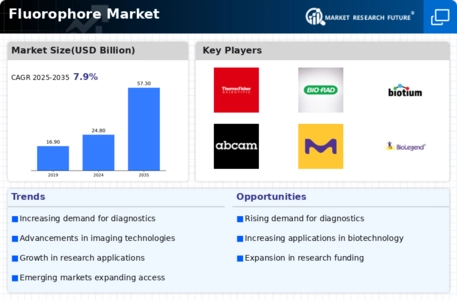
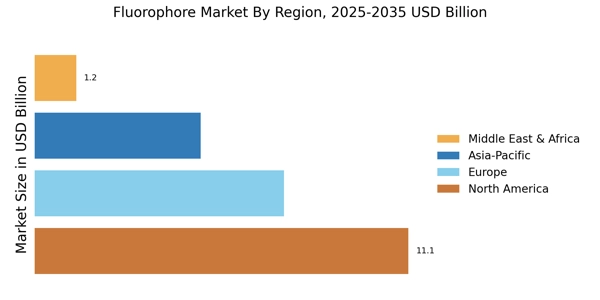
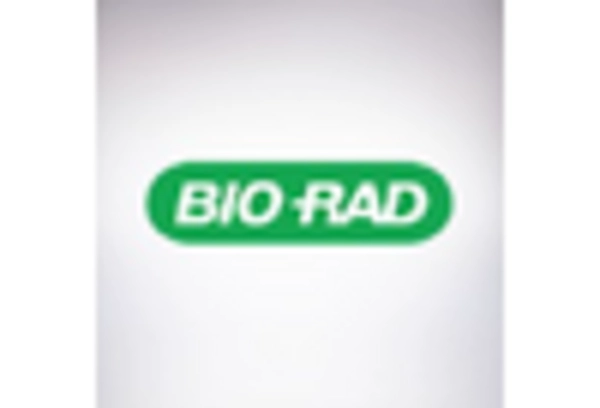
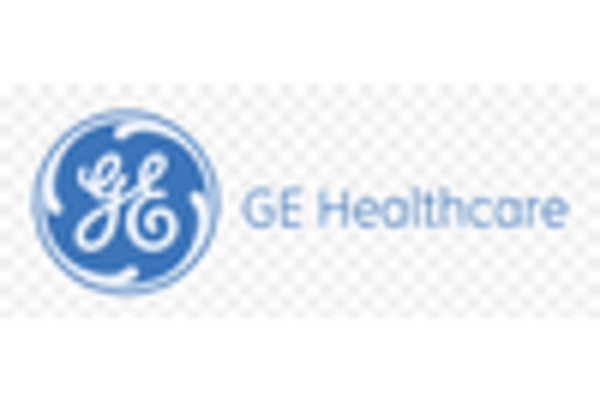

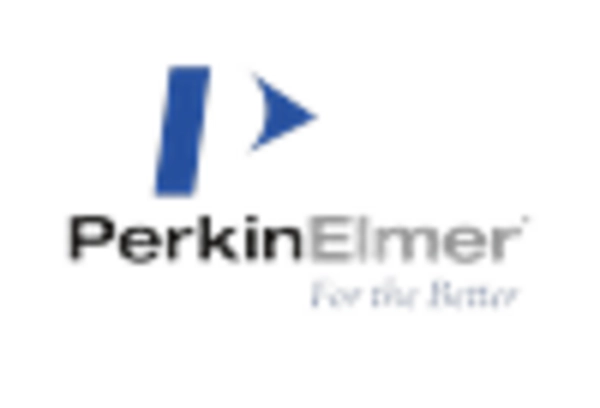
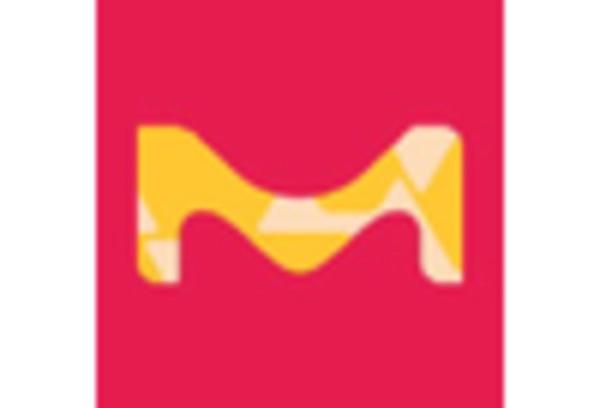









Leave a Comment